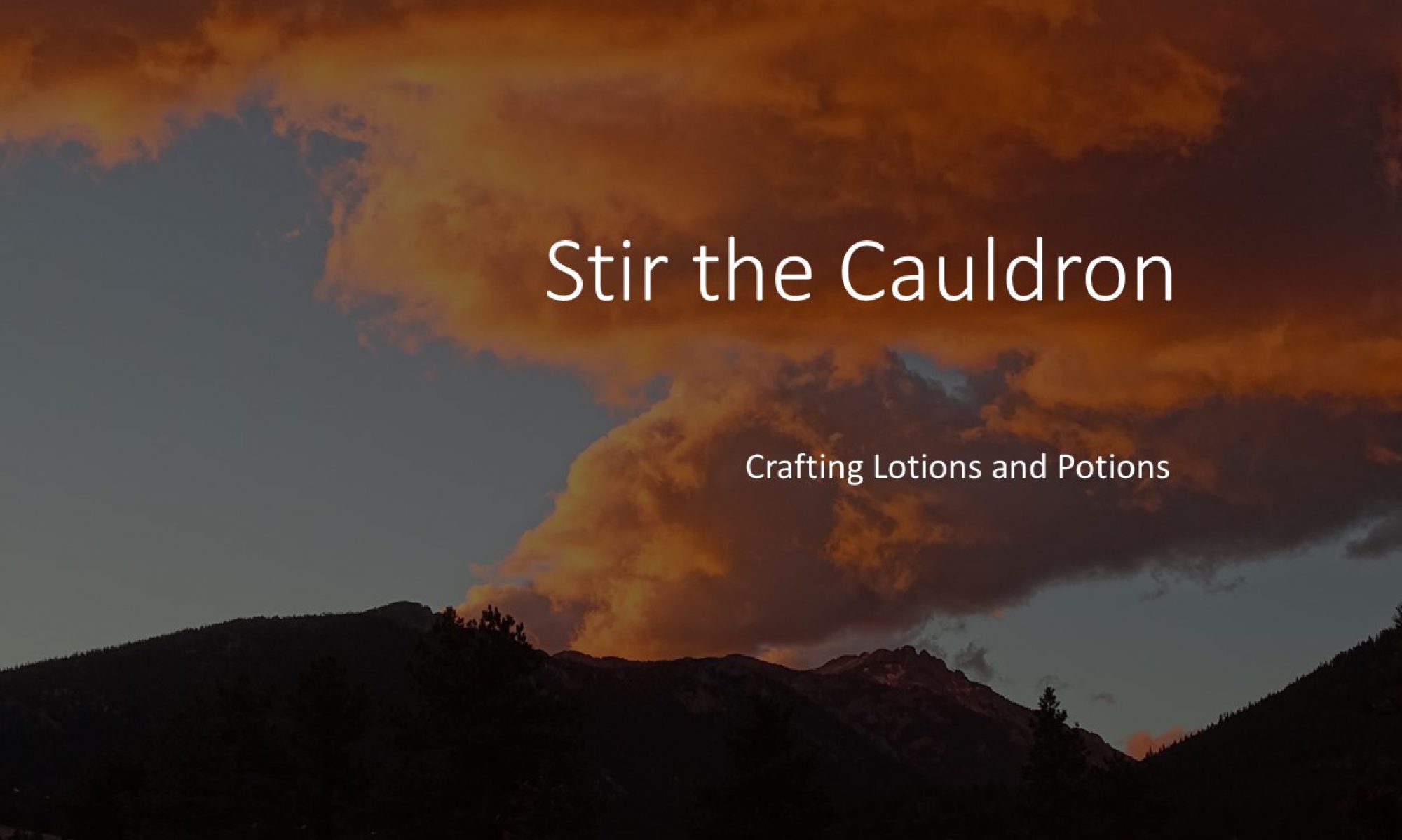From: The Artifice of Beauty by Salley Pointer, Sutton Publishing 2005, ISBN 0 75093887 0
The First ‘Modern’ Perfume?
There is a great deal of uncertainty as to the exact origin of the recipe for Hungary Water, as no truly early description survives and we have to work with later legends and recipes that claim to be the original. The most frequently quoted story and recipe is based on this account, which survives in an eighteenth-century text and which claims to be a transcription of an original document.
“I Elizabeth, queen of Hungary, being very infirm and much troubled with the gout in the seventy-second year of my age, used for a year this receipt given to me by an ancient hermit who I never saw before nor since: and was non only cured, but recovered my strength, and appeared to all so remarkable beautiful that the king of Poland asked me in marriage, he being a widower and I a widow. I however refused him for the love of my Lord Jesus Christ, from one of whose angels I believe I received the remedy. The receipt is as follows:
Take of aqua vitae, four times distilled, three parts, and of the tops and flowers of rosemary two parts: put these together in a close vessel, let them stand in a gentle heat fifty hours, and then distil them. Take one dram of this in the morning once every week, either in your food or drink, and let your face and diseased limb be washed with it every morning.
It renovates the strength, brightens the spirits, purifies the marrow and nerves, restores and preserves the sight, and prolongs life.”
Beckmann’s History of Inventions (1783),
which in turn claims to quote a book of 1656.
In trying to reconstruct a plausible experimental version of this I found that steeping the ingredients in alcohol for a few days, using a basic brandy as my spirits of wine, before distilling the perfume off with a simple glazed pottery alembic, produced a clear, refreshing scent with excellent keeping properties. As long as rosemary remained the major ingredient, slight variations on the recipe to use additional flowers such as roses or lavender all resulted in perfumes that were recognisably related.
In many countries there are restrictions on distilling alcoholic perfumes at home. Steeping the herb in alcohol before cutting the mixture with a floral water to the acceptable legal alcohol level for your area before distilling allows experimentation with this sort of perfume without risk; check with your local Customs and Excise for advice before doing similar experiments!
Even in versions where a quantity of floral water is added to reduce the alcohol content of the finished perfume, the sharp aromatic qualities of the rosemary come through clearly. This alcoholic wash of rosemary not only smells lovely, but it would have acted as an effective mouthwash or skin tonic; added to hair-rinsing water it would have brightened dull hair, or used to sprinkle fabrics or floors it would have provided instant freshness. Even though we do not have a definitive early version of the recipe, the relative simplicity of its manufacture combined with the wide applications of the finished product makes it easy to see why this type of scent may have made such a big impact.
